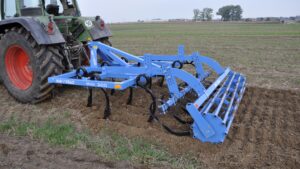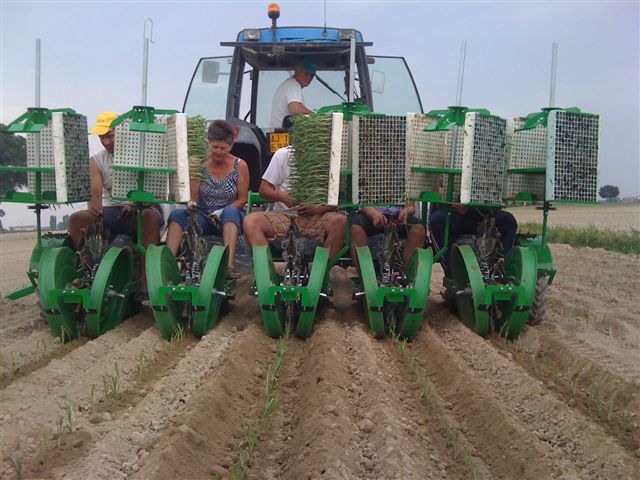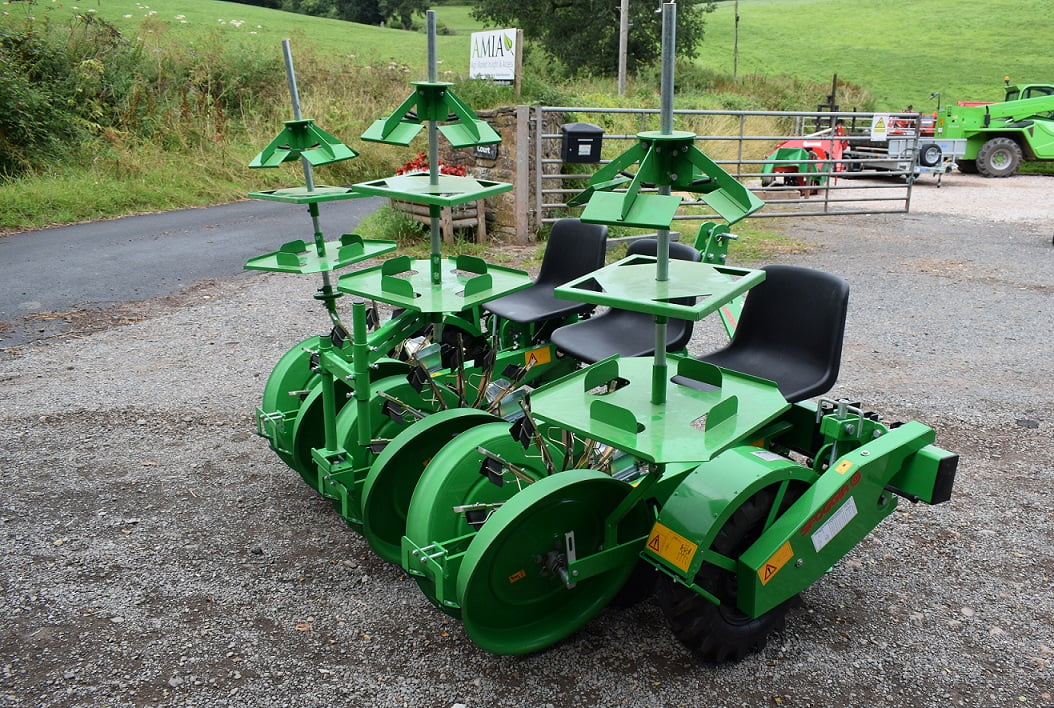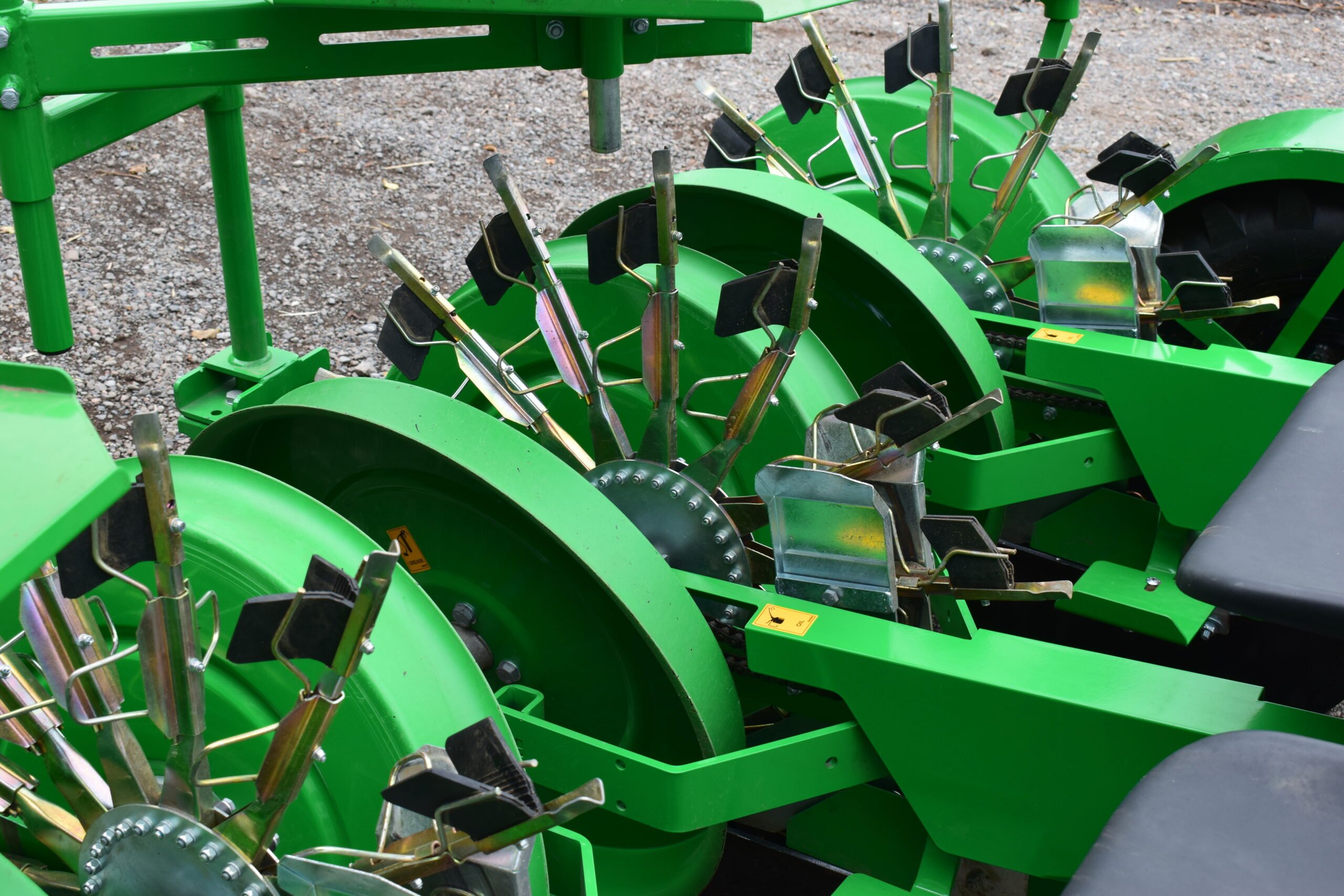Customers who viewed this item also viewed
Sfoggia Itala Semi-Automatic Transplanter
Details
The Sfoggia Itala Transplanter is a versatile machine capable of planting a wide range of transplants, from plugs to whips and cuttings.
Full Details
- 1 row
- 2 row
- 3 row
- 4 row
- 5 row
- 6 row
- 2 row
- 3 row
- 4 row
- 5 row
- 6 row
In addition, two different styles of planting mechanism are available. There is an endless chain version with a choice of both 10 or 15 planting clips and also a star wheel version fitted with 14 clips. All versions are able to plant between 1500 and 2000 plants per unit per hour.
Optional Equipment
For More Information
Additional information
Sfoggia Itala Semi-Automatic Transplanter
Details
The Sfoggia Itala Transplanter is a versatile machine capable of planting a wide range of transplants, from plugs to whips and cuttings.







